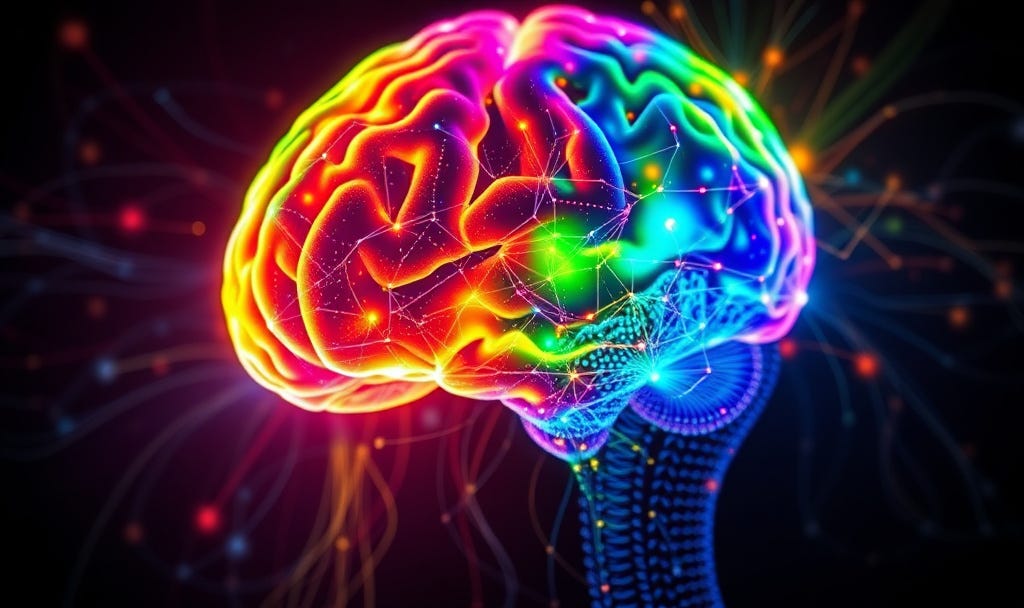The Neurocomplexity Resource Theory: Why ADHD, Autism, and Giftedness Can Shift Across a Lifetime
A NEW, deeper dive into the clinical theory and answering FAQs on Neurocomplexity—showing how stress, burnout, and age reveal traits that were always there.
This updated article explores neurocomplexity and answers common questions from clinical work, research, and lived experience: Was I ADHD or autistic as a child? Can later-in-life ADHD or Autism-like symptoms shift? Are these changes hormonal, life-stage, or burnout related?
“Am I gifted, ADHD, autistic, burned out—or all of the above?” This is a question I hear constantly. The answer depends on neurocomplex wiring, life stage, and the resources supporting it.
The Neurocomplexity Resource Theory (NCRT)
Based on my clinical work, research, and lived experience, I propose the Neurocomplexity Resource Theory (NCRT):
Neurocomplex wiring, when well-resourced, expresses as what educational psychology identifies as giftedness. When under-resourced, burned out, or hormonally shifted, the same wiring may express as ADHD- or Autism-like traits. Neurocomplexity exists independently of these labels; dynamic resources, burnout, and life stage determine presentation.
This theory helps explain why traits shift over time, why late diagnosis is common, and why performance and coping may wax and wane across the lifespan.
What is Neurocomplexity?
Neurocomplexity is the gestalt interplay of neurodivergent wiring, reflecting increased complexity in cognition, sensory processing, cellular response, attention, creativity, and intuition (Mackereth, 2023).
It’s not about fitting into a single label. Instead, it helps us understand the whole system of a person’s brain–body–life experience. These patterns shape how we think, sense, feel, relate, and adapt in ways that can be both strengths and challenges.
Too often, individuals cyclically ask:
“Am I ADHD? Autistic? Gifted? Living with complex trauma? Burned out? Or all of the above?”
How someone may identify or qualify as neurocomplex:
They notice fluid and overlapping patterns in cognition, attention, sensory processing, creativity, or emotional response that don’t fit neatly into a single label.
They experience both pronounced strengths and vulnerabilities, sometimes in the same domain (e.g., brilliant problem-solving alongside executive dysfunction).
Their presentation may shift with context, stress, age, or life changes, revealing new challenges or capacities over time.
They often feel a sense of internal complexity or “depth”, noticing subtle connections, intuition, or rapid insight that others may not see.
They may resonate with multiple neurodivergent or gifted traits, but not fully meet diagnostic criteria for ADHD, Autism, or other labels—at least not consistently.
Neurocomplexity provides language for these fluid, overlapping patterns—patterns that help, hurt, connect, and disconnect, and that often evolve over the lifespan.



